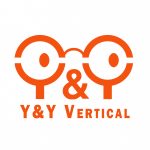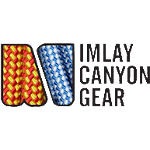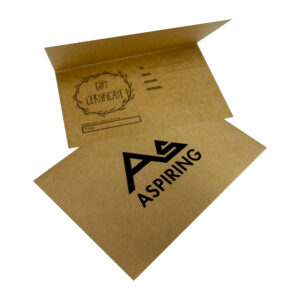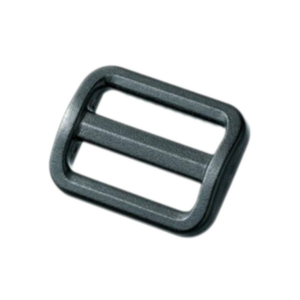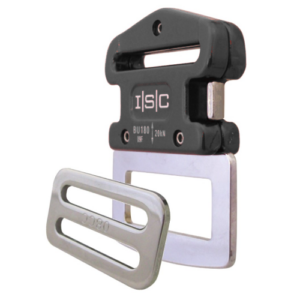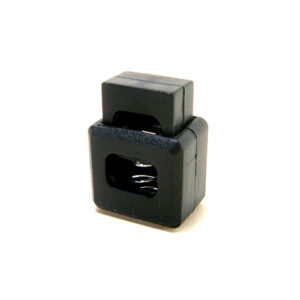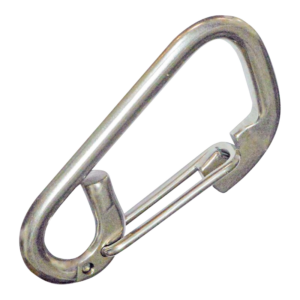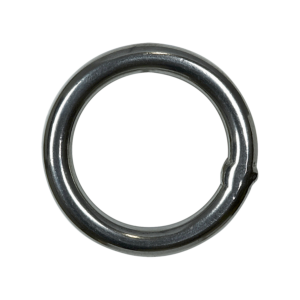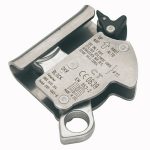
Drop lines are vertically-oriented ropes used to protect workers climbing fixed ladders on structures. The worker uses a rope grab, a device which moves up and down the rope The rope grab is best connected directly to the harness with a karabiner or screw-link.
Though standard rear-attachment point harnesses are often used, drop-lines suit a front-attachment harness better. Furthermore, because the potential fall distance can be restricted to no more than 600 mm ( a “limited free-fall“), a full-body fall-arrest harness is not required and a work-positioning harness can be used.
Various types of device are available, but for drop lines a rope grab such as the CT Rope Grab is best suited, as it runs freely both up and down the rope. This is a compact stainless steel unit which is designed to grip tenaciously on the rope with minimum slippage. It is easy to fit to the rope and cannot be detached while fitted with a connector. Rope grabs should comply with EN 353-2.
Anchor ropes are ropes which are rigged essentially horizontally, typically on the roof of a commercial building to secure workers performing maintenance under a restraint system. The ropes are fixed to an anchorage using a secure knot, such as a figure 8 loop. The rope is often connected to the harness with a rope grab, though it can also knotted and connected using a karabiner. Generally there should be two ropes, anchored at different points, to avoid the swing-fall effect described on page 16. Alternatively, if a fall-arrest system is required, a lanyard assembly is connected to the second anchorage.
The ropes used for drop lines and anchor ropes should be 11mm kernmantel (core-and-sheath braid) low-stretch ropes, complying with either the AS 4142.3 (Australian) or NFPA 1983 (American) standard for rescue ropes. Three-strand laid (twisted) ropes are of lesser quality, and should be replaced with modern kernmantel ropes, which are much more durable and reliable.






